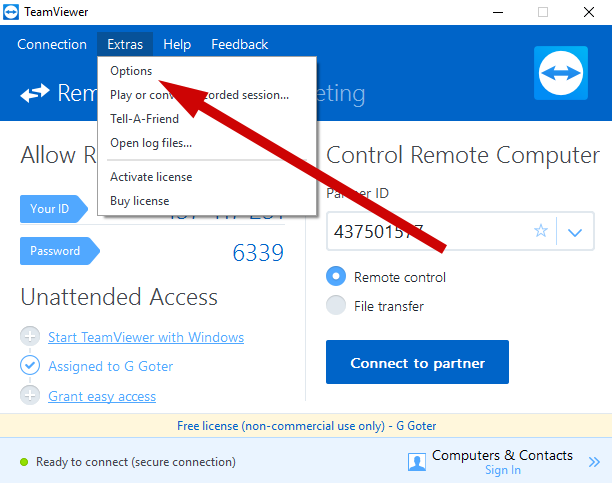

In Transmission, for example, you’d click Transmission > Check for Updates.

Most frequently, you can click Help > Check for Updates, but it might also be in the menu with the app’s name. Not all apps will notify you about a pending update, however.įor some, you’ll have to look through the menus at the top to find a “Check for Updates” option. You might also have the option to delay or opt out of the update, altogether. You can often just click “Update” to close the app and update it. You might see a notification when you launch an app telling you there’s a new version available. However, the most common, like Chrome, popular free apps, like the Transmission BitTorrent client, and paid apps that are actively being developed will likely notify you of any pending updates.
#How to update computer mac how to#
You can enable automatic updates by launching the Mac App Store, clicking Mac App Store > Preferences in the menu at the top, and then selecting “Automatic Updates.” How to Update Apps You Didn’t Purchase in the App StoreĪpps you’ve installed outside of the Mac App Store may or may not update themselves. Click “More” next to each entry for more information. You’ll see an “Update” button next to any apps with pending updates click it to manually trigger the update. If there aren’t any updates, the Mac App Store will show you the most recently installed apps, along with a brief description of what was changed.

Click “Updates” in the sidebar to see any that are pending. To do so, open the Mac App Store by either clicking it in the Dock or “Applications” folder, or searching for it in Spotlight. You can still manually check for updates if you want, though. Your Mac will periodically check for updates, and then download and apply them as necessary. You don’t need to worry about doing this manually, provided you’ve turned on automatic updates. Apps installed via the Mac App Store are updated using the same storefront.


 0 kommentar(er)
0 kommentar(er)
